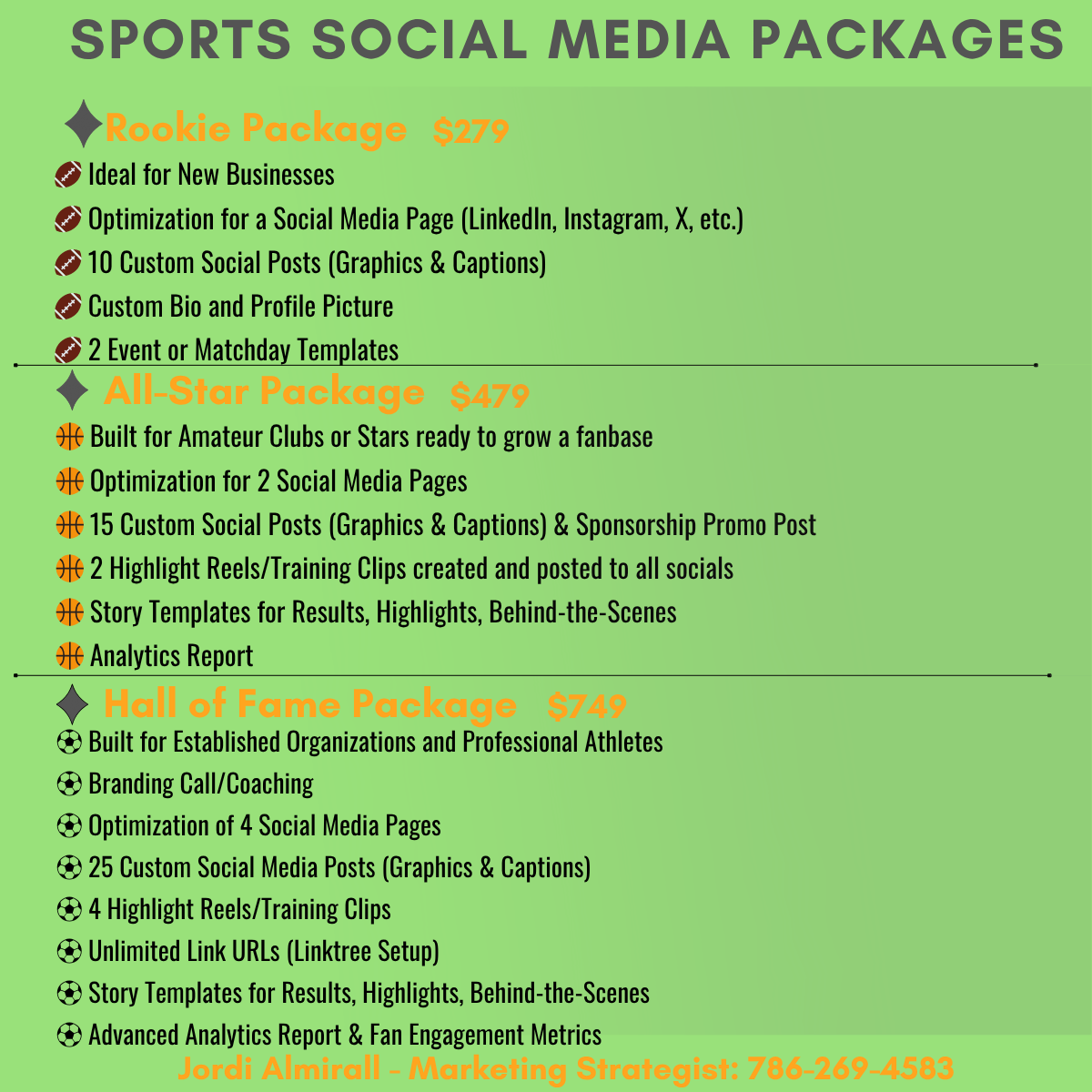What’s the #1 SEO Mistake Small Businesses Are Still Making in 2025?

We’re in the middle of one of the biggest shifts in search behavior. AI isn’t just part of the process anymore, it is the process. From Google’s AI overviews to tools like ChatGPT and Perplexity, people are no longer just “Googling.” They’re asking, conversing, and expecting smarter, faster answers.
Yet despite all this change, there’s one SEO mistake small businesses keep making in 2025:
They’re still optimizing for algorithms not for the actual humans (and AI tools) using them.
Let’s explore how this shows up and how to fix it using the Four-Layer SEO Strategy that’s built for today’s search landscape.
Layer 1: The Technical SEO Trap
Most small businesses are familiar with the basics adding keywords, improving page speed, making sure the site is mobile-friendly. Tools like Yoast, Ahrefs, or Semrush make it easy to tick all the technical boxes. But here’s the catch - technical perfection doesn’t mean much if the content doesn’t connect.
Yes, page speed matters. But if your blog loads in under a second and still sounds like a robot wrote it? Your visitors will bounce either way.
Mistake: Thinking a green light from an SEO tool = good content.
Fix: Think of technical SEO as the foundation, not the final goal. Make sure your site is crawlable, indexable, and secure but don’t stop there. Build on it with content that truly speaks to your audience.
Layer 2: Content Without Context
Let’s say you’re a small bakery in Austin. You write a blog titled “Best Bread in Austin.” It’s 900 words, keyword-optimized, and has all the internal links in place.
But it reads something like:
“Our bakery is the best bakery in Austin. For bread in Austin, we are the best bakery for bread.”
In 2025, Google has become a lot better at understanding intent. It’s not just matching keywords anymore it’s looking at whether your content is genuinely helpful.
Mistake: Writing for rankings, not for real people.
Fix: Answer the actual questions your customers are typing into search:
“Where can I find sourdough without preservatives?”
“Best gluten-free bakeries open late in Austin”
“What’s the difference between artisan and store-bought bread?”
When your content solves real problems, the rankings follow.
Layer 3: Lack of Topical Authority
Writing one blog about SEO doesn’t make you an expert in Google’s eyes. Similarly, one skincare blog post won’t make your salon rank for “anti-aging facial near me.”
Mistake: Trying to rank for everything without going deep on anything.
Fix: Create topic clusters. Start with a strong pillar page, then support it with related content. For example:
Pillar Page: “Complete Guide to Natural Skincare”
Blog 1: “Top 5 Natural Ingredients for Sensitive Skin”
Blog 2: “How to Build a Natural Skincare Routine on a Budget”
Blog 3: “What Dermatologists Really Think About ‘Clean Beauty’”
By building a network of related content, you signal to search engines (and your readers) that you know your stuff and they can trust you.
Layer 4: Missing the Human Element
This is where many small businesses slip
In the rush to “optimize,” they forget that SEO isn’t just about pleasing algorithms it’s about connecting with people.
Mistake: Letting AI write generic, personality-free content.
Fix: Let your brand’s voice shine. Talk like your customers. Make UGC content. Share stories. Use real-life examples, FAQs, and moments from your business that feel honest and human.
In 2025, SEO is more human than ever. Ironically, that’s what makes it work with machines too.
So, What’s the Real #1 Mistake?
Forgetting that SEO is just a way to start a conversation.
It’s not a checklist. It’s not just keywords and links. It’s about being found and being trusted once you are.
Final Thought :
If your current SEO strategy feels like just another thing to cross off the list, it might be time to rethink it.
At Content Culture , we help small businesses turn SEO into stories, clicks into conversations, and content into real customer relationships. Whether you need a strategy refresh or just some guidance, we’re here to help.











